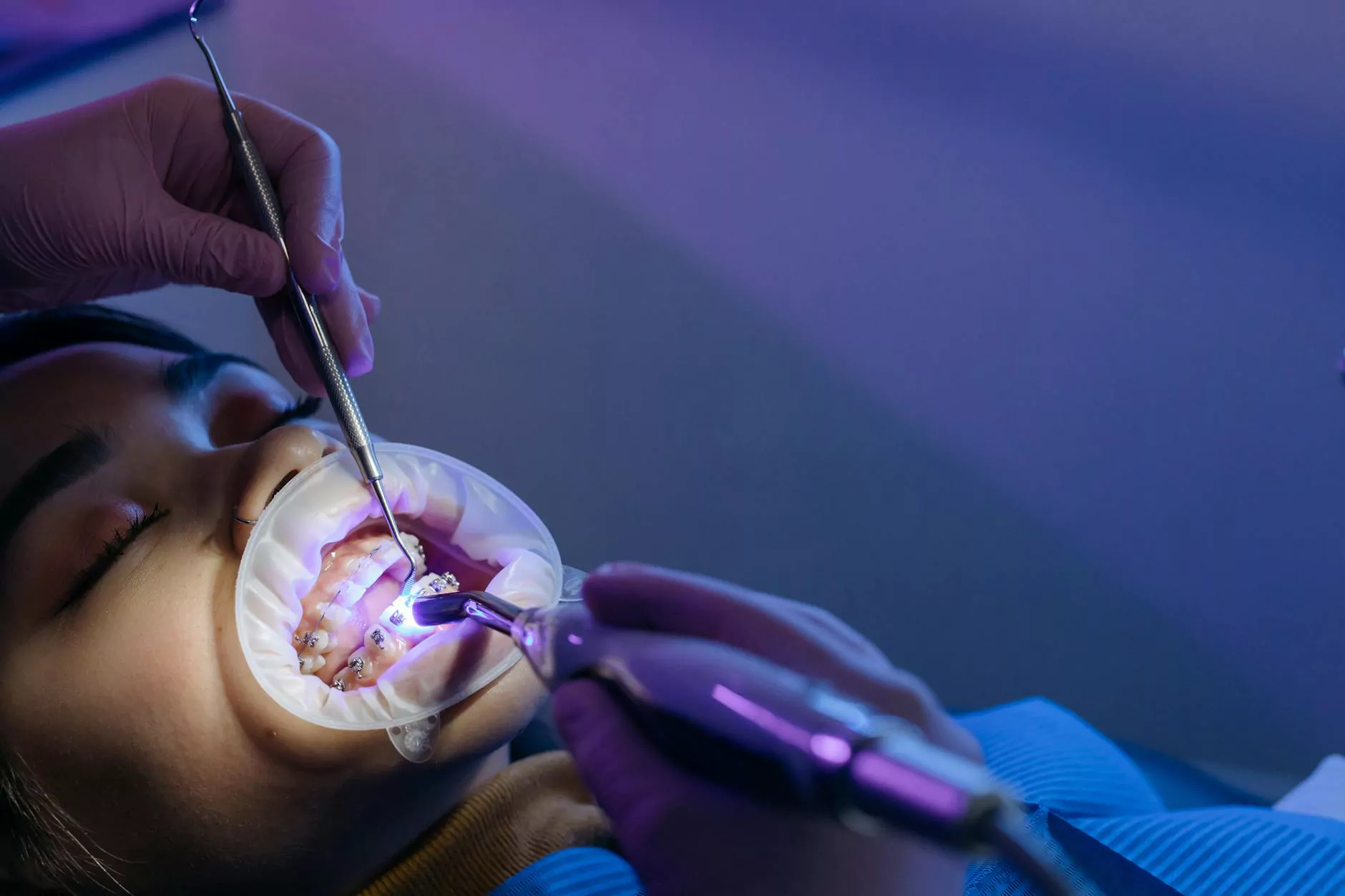How to Tell If You Have a DVT: Understanding Deep Vein Thrombosis

Deep vein thrombosis (DVT) is a serious condition that can have life-threatening complications. In this comprehensive article, we will explore how to tell if you have a DVT, the symptoms to watch out for, risk factors, prevention strategies, and what to do if you suspect you have this condition. Understanding DVT is crucial for your health and well-being, and knowledge can empower you to seek timely medical intervention.
What is Deep Vein Thrombosis (DVT)?
DVT occurs when a blood clot forms in a deep vein, usually in the legs but can also occur in other parts of the body. The clot can impede blood flow, leading to serious complications if it breaks loose and travels to the lungs, resulting in a pulmonary embolism.
Recognizing the Symptoms of DVT
Identifying the symptoms of DVT is vital for early diagnosis and treatment. Here are some common signs that may indicate you have a deep vein thrombosis:
- Swelling: One of the most noticeable signs of DVT is swelling in one leg. This swelling is often significant and may not be present in the other leg.
- Pain or Tenderness: You may experience pain or tenderness in the affected leg, which could feel like cramping or soreness, often starting in the calf.
- Red or Discolored Skin: The skin over the affected area may appear red or have a blueish tint.
- Warmth: The area that is affected may feel warm to the touch compared to the surrounding skin.
If you experience any combination of these symptoms, it's essential to seek medical attention. Act promptly, as early treatment can be crucial.
Risk Factors for Developing DVT
Understanding your risk factors can help you take preventive measures against DVT. Here are some of the common risk factors associated with deep vein thrombosis:
- Extended Periods of Inactivity: Prolonged periods of sitting or immobility (such as long flights or bed rest) can increase your risk.
- Previous DVT History: Having had a DVT before increases your chances of developing another.
- Medical Conditions: Certain medical conditions, such as heart disease, cancer, and inflammatory bowel disease, can raise your risk.
- Age: The risk of DVT increases as you age, with those over 60 being particularly susceptible.
- Obesity: Being overweight can put additional stress on your veins and contribute to clot formation.
- Hormonal Factors: Women who are pregnant or using hormonal therapies (like birth control pills or hormone replacement therapy) may have a higher risk.
How to Tell If You Have a DVT: When to Seek Medical Attention
It's crucial to know when to get help. If you experience any symptoms associated with DVT, or if you have risk factors, contact a healthcare professional immediately. Timely diagnosis is essential, and your doctor may perform diagnostic tests such as an ultrasound or a venography.
Diagnostic Tests for DVT
If your healthcare provider suspects DVT, they may conduct several tests to confirm the diagnosis, including:
- Doppler Ultrasound: This test uses sound waves to create an image of the blood flow in your veins and can identify blockages.
- CT or MRI Scan: In certain cases, these imaging tests may be ordered for a detailed view of the blood clots.
- D-dimer Test: This blood test measures the level of D-dimer, a substance in the blood that indicates the presence of a clot.
Complications of Untreated DVT
Failure to treat deep vein thrombosis can lead to serious complications, including:
- Pulmonary Embolism: If a piece of the blood clot breaks off and travels to the lungs, it can cause a pulmonary embolism, which can be fatal.
- Post-Thrombotic Syndrome: This can occur in individuals who have had DVT, causing chronic pain, swelling, and skin changes in the affected leg.
Prevention Strategies
Preventing DVT involves making lifestyle choices and knowing how to manage risk factors effectively. Here are some effective strategies:
- Stay Active: Regular physical activity helps improve circulation and reduce the risk of blood clots.
- Move During Long Trips: If traveling, make it a point to move around, stretch your legs, and stay hydrated.
- Maintain a Healthy Weight: Adopting a balanced diet and keeping a healthy body weight can significantly lower your risk.
- Wearing Compression Stockings: These can improve blood flow in the legs and reduce swelling.
- Avoid Smoking: Smoking cessation is crucial as it can exacerbate your risk of clotting.
Treatment Options for DVT
In the event of a DVT diagnosis, various treatment options are available:
- Anticoagulant Medications: These medications, often referred to as blood thinners, help prevent the clot from growing and reduce the risk of additional clots.
- Thrombolytics: These are powerful drugs that can dissolve blood clots quickly but come with a higher risk of bleeding.
- Compression Stockings: These can help reduce swelling and prevent the complications of DVT.
- Filters: In some cases, healthcare providers may insert a filter into the vena cava to prevent clots from traveling to the lungs.
The Importance of Follow-Up Care
After treatment for DVT, follow-up care is vital. Regular checkups allow your healthcare provider to monitor your condition and make necessary adjustments to your treatment. It’s also an opportunity to discuss any lingering symptoms or concerns.
Conclusion
Understanding how to tell if you have a DVT is critical for anyone at risk. Awareness of the symptoms, risk factors, and preventive measures can empower you to seek timely medical intervention. DVT is a serious condition, but with the right knowledge and treatment, you can manage your health effectively. Always consult with healthcare professionals for personalized advice and treatment options.
Contact Truffles Vein Specialists for Expert Care
If you suspect you may have deep vein thrombosis or if you have concerns about your vascular health, reach out to Truffles Vein Specialists. Our experienced team is dedicated to providing comprehensive care in the field of vascular medicine. Don't wait—contact us today for a consultation.
© 2023 Truffles Vein Specialists | trufflesveinspecialists.com









